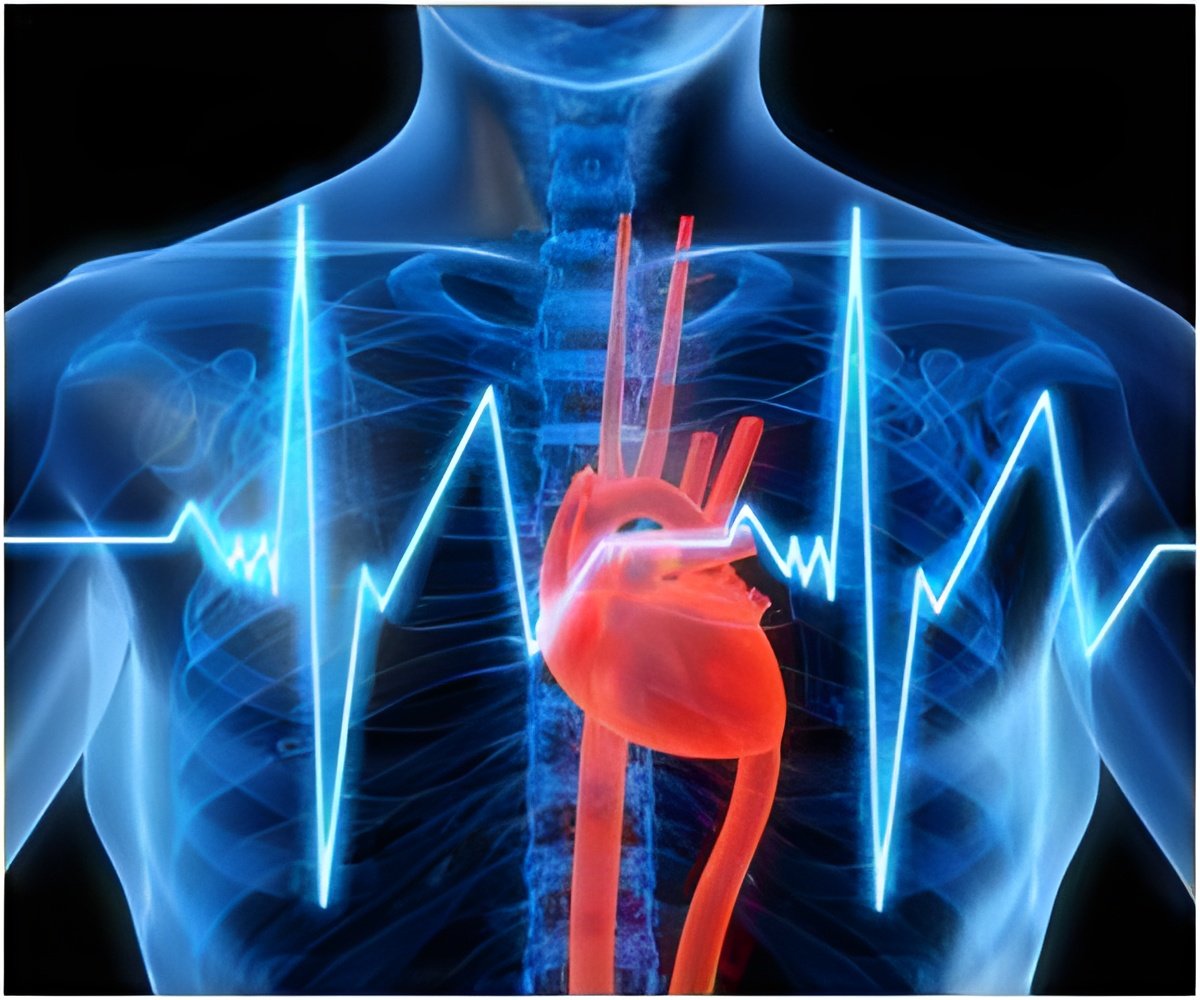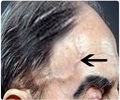
The researchers created radioactive antibody fragments called nanobodies that attached to particles in artery plaque called vascular cell adhesion molecule-1 (VCAM1).
"Nanobodies constitute a promising new class of radiotracers for cardiovascular imaging," Broisat said.Ongoing inflammation in a plaque deposit is a crucial sign that the plaque may rupture, and VCAM1 plays a major role in the inflammation process.
In laboratory tests, the radioactive nanobodies were attracted to VCAM-1.
In animal tests, researchers injected a solution containing the radioactive particles into the blood stream of mice with artery plaques. They then used a single-proton emission computed tomography (SPECT/CT) imaging scan to detect the radioactive particles.
The nanobodies attached to VCAM-1 expressing tissues. Following radiolabeling, some of the nanobodies remained stable in the laboratory and in mouse blood for six hours. This allowed imaging of the mice up to three hours after nanobody injection. These scans revealed plaques in the animals' aortic arches.
Advertisement
"The early detection of trouble looming ahead could trigger steps for intervention, possibly involving the aggressive modulation of risk factors," according to an editorial accompanying the report by Matthias Nahrendorf, M.D., Ph.D., Jason R. McCarthy, Ph.D., and Peter Libby, M.D., of Harvard Medical School in Boston, Mass.
Advertisement
Broisat and his colleagues are planning clinical studies of the radiotracer technique to address these issues, including whether the anti-VCAM1 nanobodies can trigger adverse immune system reactions in people.
Source-Eurekalert








